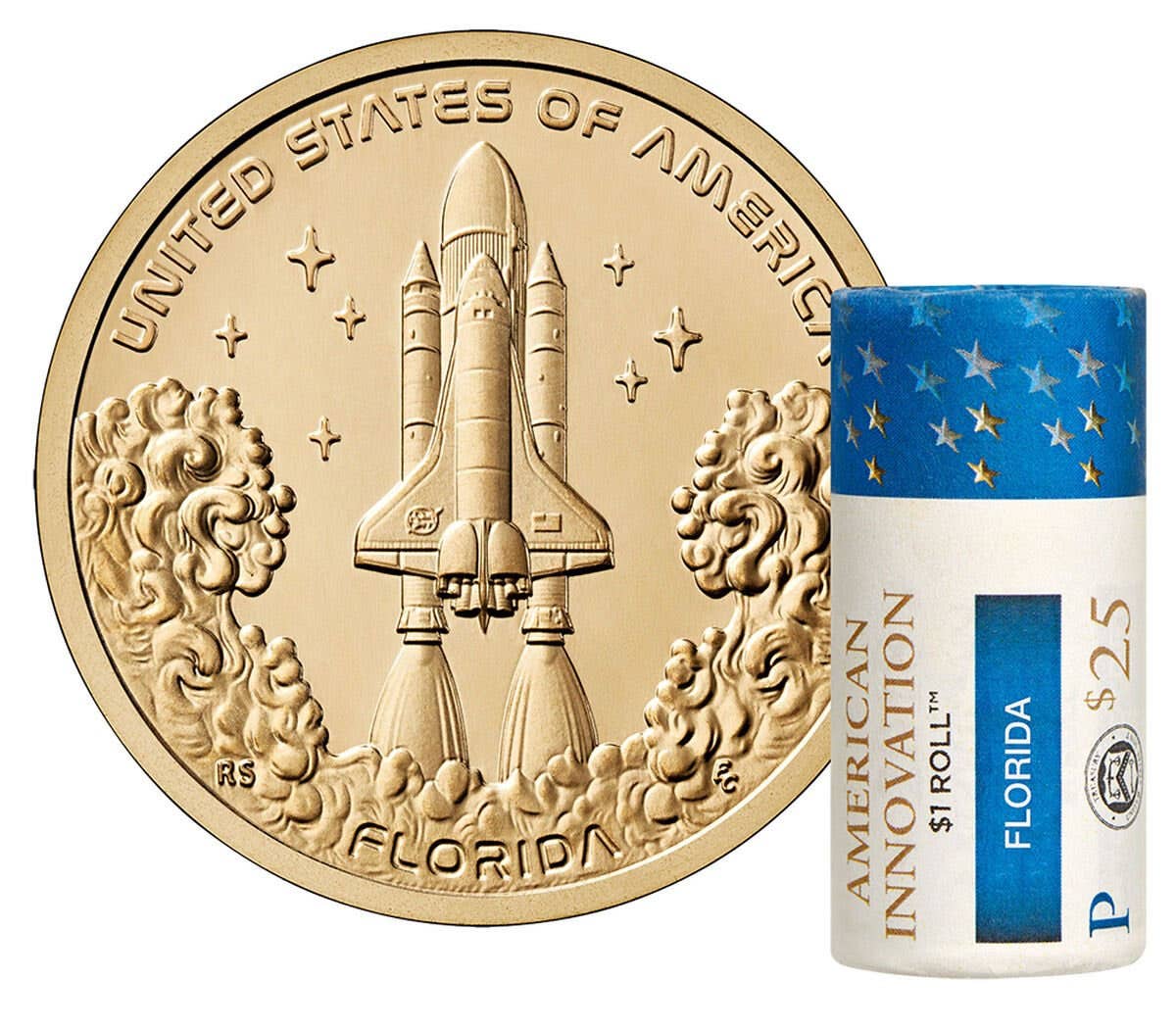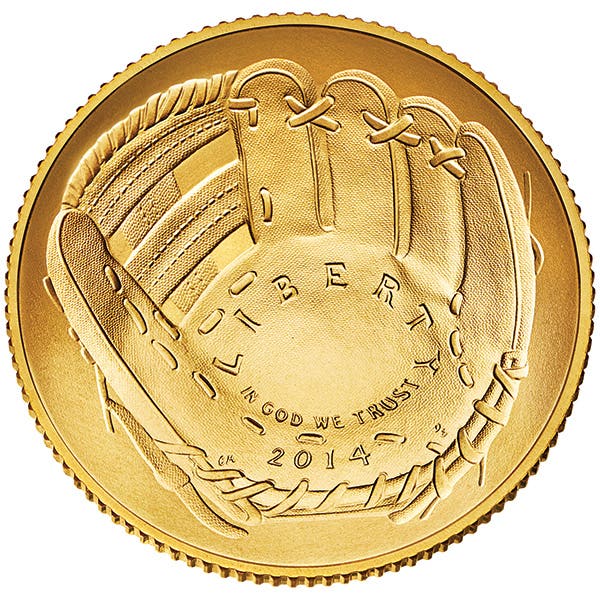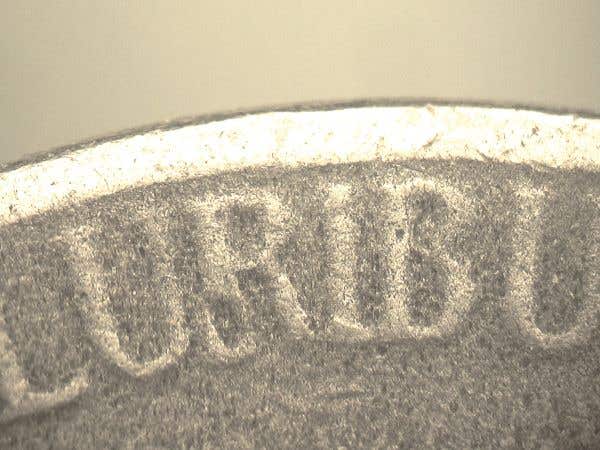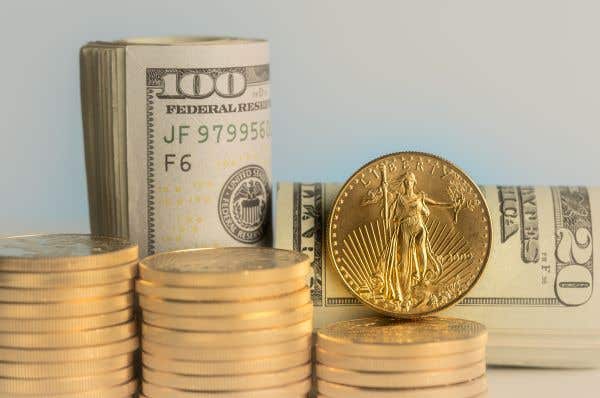Gold $5 prop in WWI Houdini act
One source that we found says that in a World War I version of the USO tours, Houdini entertained American troops by filling a fishbowl with half dollars and then going into the audience and pulling gold half eagles out of the ears and hair of his audience. He would cap this by tossing a coin to some lucky soldier.
Is there some sort of story connected with the magician, Harry Houdini, who reputedly used real gold coins in his act?
One source that we found says that in a World War I version of the USO tours, Houdini entertained American troops by filling a fishbowl with half dollars and then going into the audience and pulling gold half eagles out of the ears and hair of his audience. He would cap this by tossing a coin to some lucky soldier.
Is there any requirement affecting the designer’s initials on a coin – such as whether they are incuse or in relief?
No regulation, but over the years designers have certainly had their problems in even getting their initials on their work. Whether they are incuse or relief is a matter of personal preference, and both can be found on U.S. coins.
Who was the designer of the coins struck for the Philippines under U.S. administration?
We have to exert a bit of care here, as several sources have incorrect information about the artist. His name is Melecio Figueroa, and he was a native of the Philippines, not California. He was trained in Spain and worked at the Manila Mint under Spain, later designing the coins that were put in circulation in 1903 under American administration. His wife was the model for the silver coin obverse.
Was there an American engraver by the name of Eue?
Your man is Francis Eue, also known as Franz or Hans Eue. He worked for the Medallic Art firm in the 1930s. Reportedly, he was so prolific that his output was mistaken for the work of an entire company. Research by D. Wayne Johnson in the TAMS Journal proved he was just one man.
Is the drachm weight used by druggists the same weight as the original drachm?
When the Greeks used the drachm as a measure of weight before the birth of Christ, it was equal to 1/8th of a troy ounce of silver, 3.887 grams, which is the current value of the apothecary’s weight. The weights frequently turn up in coin junk boxes to puzzle collectors.
What happened to Robert Morris after he paved the way for our first mint?
He was Pennsylvania’s first senator in the first U.S. Congress, but in 1798, he suffered financial reverses, went bankrupt and spent more than three years in debtor’s prison, dying in poverty in 1806.
Like what you're reading? Subscribe to our FREE email newsletter![form id="27827"]
Aren’t those who oppose the abolition of the 1-cent coin using a rather dated argument?
It’s perhaps a bit out of context, but the same argument was advanced in the late 1700s by no less a personage than Alexander Hamilton. He argued for the introduction of the half cent denomination by citing the very real possibility that merchants, for lack of a half cent, would round prices up to a full cent. If this sounds familiar, it’s because it is exactly the argument used today, that prices would be rounded up to the nearest nickel. However, the argument ignores the effect of competition.
Didn’t Abraham Lincoln have something to say on the topic of return postage, which is one of your pet peeves?
Indeed! The story is that an autograph collector wrote to Lincoln for a “sentiment.” In reply she got a letter that read, “Dear Madam: When you ask of a stranger that which is of use only to yourself, always enclose a stamp. There’s your sentiment, and here’s your autograph. – A. Lincoln.”
Email inquiries only. Send to AnswerMan2@aol.com. Because of space limitations, we are unable to publish all questions.
More Coin Collecting Resources:
• Subscribe to our Coin Price Guide, buy Coin Books & Coin Folders and join the NumisMaster VIP Program









